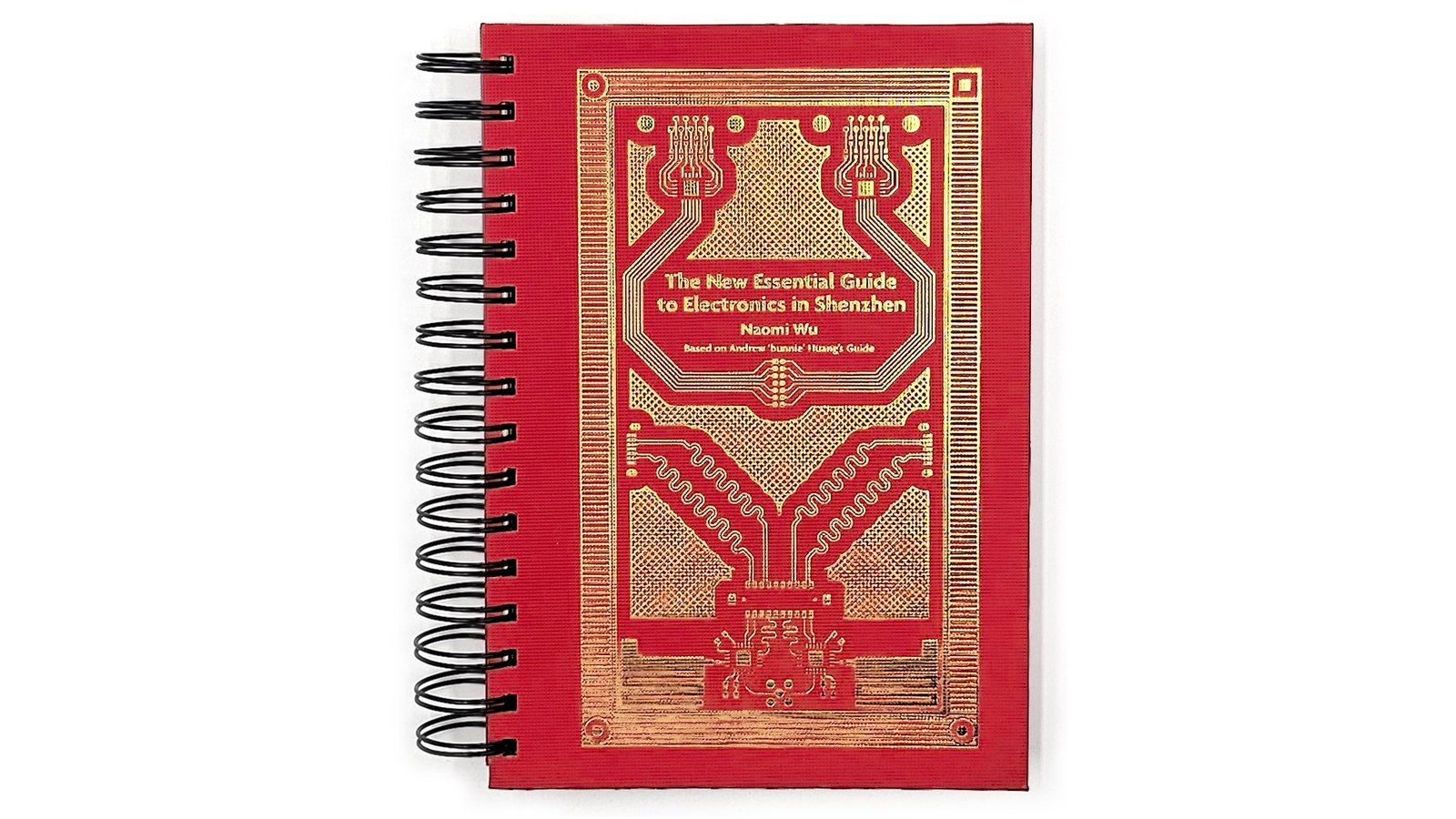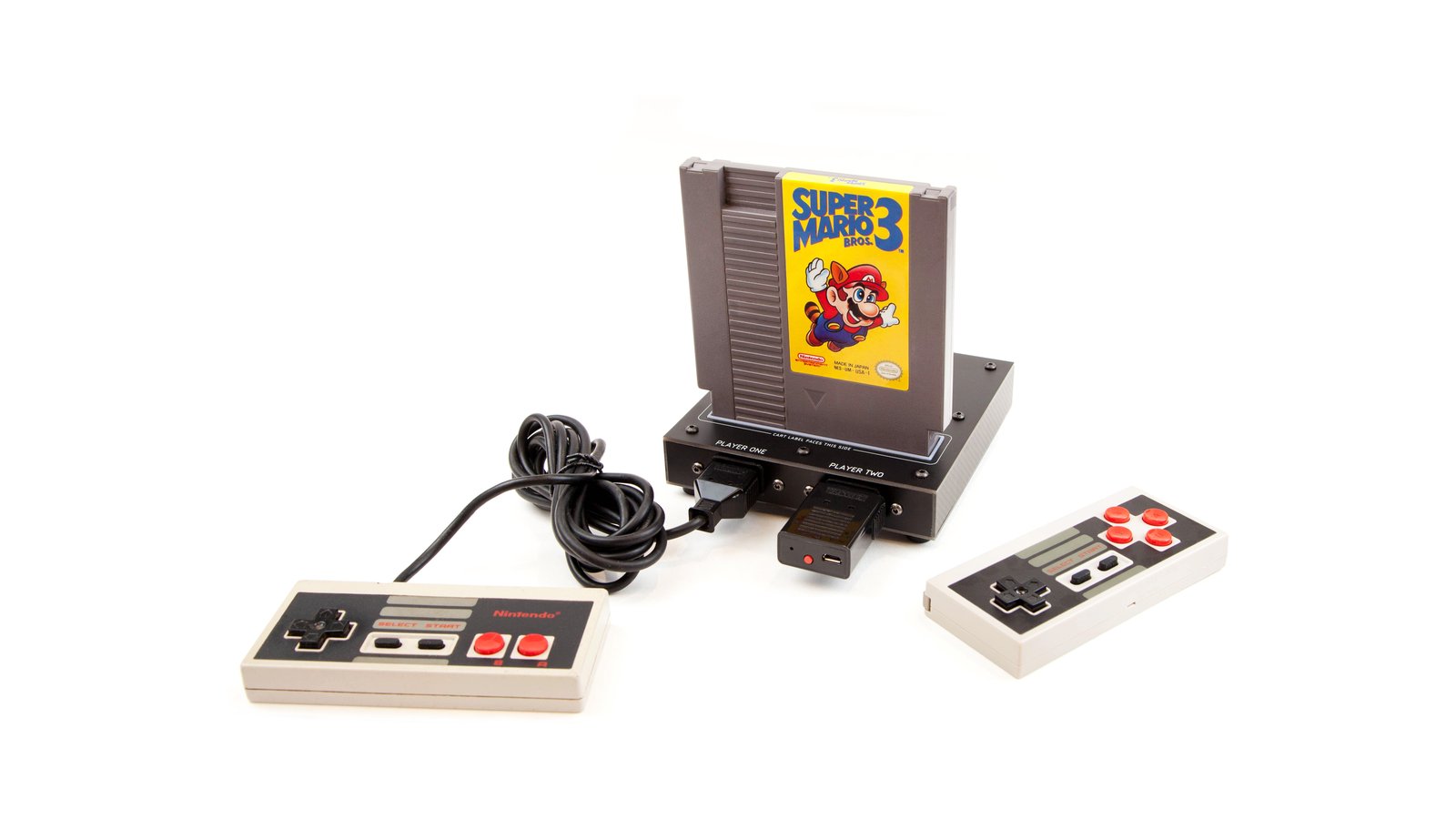With its built-in sensors, microSD card slot, ESP32 wireless capabilities, wall-mountable enclosure, and ample examples and documentation, EMIT accelerates the development of environmental sensing and control applications, like a greenhouse controller, a central heating thermostat, or an environmental data logger. Its easy expandability also makes EMIT an ideal platform for teaching and learning about the hardware, software, and design aspects of IoT product development.
EMIT has been built around the popular 30-pin DOIT ESP32 DEVKIT V1, which is a low-cost, low-power, dual-core, wireless IoT module with integrated Wi-Fi and Bluetooth connectivity. The ESP32 module itself is extremely well supported, of course, and you will find a number of websites and blogs that offer tutorials on both Python and Arduino development.
The 30-pin version of the DEVKIT V1 is affordable and easy to find, both on Amazon and elsewhere. Its schematic has been published online and there are many websites with additional information about the board.
In addition to the ESP32, a microSD card socket, and a DC input connector, EMIT includes several key components related to environmental monitoring and control: an AM2302/DHT22 temperature and humidity sensor, a 5 A relay with a status LED, two user-programmable LEDs, and a 12-pin expansion connector with which you might add a soil moisture probe, an ambient light sensor, an additional relay, a camera, or some other peripheral that is not integrated into the board itself.
Like many products, EMIT started life as a simple breadboard project — a quick way to log the temperature and humidity of our basement so we could determine just how cold things got in winter. However, I soon realized two things: first, that we could use it for many other purposes, especially if I added a relay; and second, that I would need to make it a whole lot better looking if I wanted my wife to let me hang it on a wall.
After three iterations, EMIT v1.2 is now stable, reliable and easy to use. It has been designed to fit inside a low-cost, vented, wall-mounted enclosure that looks good just about anywhere.
We know that developing hardware that connects to "the Internet of Things" (IoT) isn’t easy. Every new project or application needs a lot of different elements, including hardware, firmware, infrastructure, brokers, application software, etc., to work seamlessly together.
So, as part of this project, to help make life a little easier, we have also created detailed guides, example firmware, a free-to-use public MQTT broker, and even a simple web application, so you can dive right into the parts of the project that interest you the most.
| Temperature Measurement | |
| Range | -40° to +80° C |
| Resolution | 0.1° C |
| Accuracy (Typical) | +/- 0.5° C (+10° C to +55° C) |
| +/- 1.5° C (< 10° C or > 55° C) | |
| Max Error | +/- 2.0° C (at < 10° C or > 55° C) |
| Repeatability (Typical) | +/- 0.2° C |
| Read Frequency | 2 seconds max |
| Humidity Measurement | |
| Range | 0 to 99.9 %RH |
| Resolution | 0.1 %RH |
| Accuracy (Typical) | +/- 2 %RH (20% to 80%) |
| +/- 3 %RH (< 20% or > 80%) | |
| Max Error | +/- 5 %RH (at < 20% or > 80%) |
| Repeatability (Typical) | +/- 1 %RH |
| Read Frequency | 2 seconds max |
| Power Requirements | |
| Voltage Range | 6 to 12 VDC |
| Power Consumption | 50 mA typical |
| Physical Dimensions | |
| Width | 81 mm |
| Height | 81 mm |
| Depth | 18 mm |
| EMIT | Arduino MKR Wi-Fi 1010 + AM2302 | MXCHIP AZ3166 IoT DevKit | |
|---|---|---|---|
| Components | EMIT Board + ESP32 Module | An Arduino MKR Wi-Fi 1010, an AM2302 sensor, a relay Module, and a microSD PCB | An MXCHIP AZ3166 IoT DevKit, a relay Module, and a microSD PCB |
| Published schematics | Yes | Yes | Yes |
| All-in-one solution | Yes | No | No |
| Enclosure available | Yes | No | No |
| Operating voltage | 6 - 12 VDC | 7 - 12 VDC | 5 V (USB only) |
| Temperature Sensor | 40° to +80° C (integrated) | 40° to +80° C (separate PCB) | 40° to +80° C (separate PCB) |
| Humidity Sensor | 0 to 99.9 %RH (integrated) | 0 to 99.9 %RH (separate PCB) | 20 to 80 %RH (separate PCB) |
| Relay | 5 A SPST (integrated) | 10 A SPDT (separate PCB) | 10 A SPDT (separate PCB) |
| SD Card holder | Integrated | Separate PCB | Separate PCB |
| LEDs | 2 | 1 | 2 |
| ADC pins | 4 | 6 | 2 |
| ADC resolution | 16 bits | 12 bits | 12 bits |
| Arduino support | Yes | Yes | Yes |
| MicroPython support | Yes | No | No |
| Dimensions (LxWxH) | 81 x 81 x 18 mm | 69 x 54 x 15 mm | 140 x 100 x 21 mm |
EMIT can be programmed using either MicroPython or Arduino (C/C++). We have published a step-by-step firmware development guide for both languages so you can develop EMIT applications in your preferred language.
Our goal is to make EMIT the perfect starting place for your next IoT project, regardless of your ambitions or skill level. When we designed EMIT we also created:
All documents and code examples are available in the EMIT GitHub repository!
More information is available on the ControlBits.com website, and of course, you can always reach us through the Ask a question form on our campaign page.
Produced by ControlBits in Wales, United Kingdom.
Sold and shipped by Crowd Supply.

A dev board with a socket for a 30-pin DOIT ESP32 DEVKIT V1 (not included), an integrated temperature and humidity sensor, a microSD slot, an I/O expansion socket, and an 5 A SPST relay.

A Wi-Fi- and Bluetooth-enabled ESP32-based dev board with an integrated temperature and humidity sensor, a microSD slot, an I/O expansion socket, and an 5 A SPST relay. Includes a 30-pin DOIT ESP32 DEVKIT V1, a custom enclosure, an 8 GB microSD card, and a USB cable.

At Control Bits we're dedicated to building great IoT products that are open to everyone through education, hardware development kits, and open source software. Along the way we aim to build an open and vibrant community.

Everything you need to navigate the world's largest electronics market

Wireless, fully programmable, open source, ESP32 macropad featuring 16 RGB, mechanical, hot-swappable keys and two RGB rotary encoders

Classic NES games on open source hardware that fits in the palm of your hand